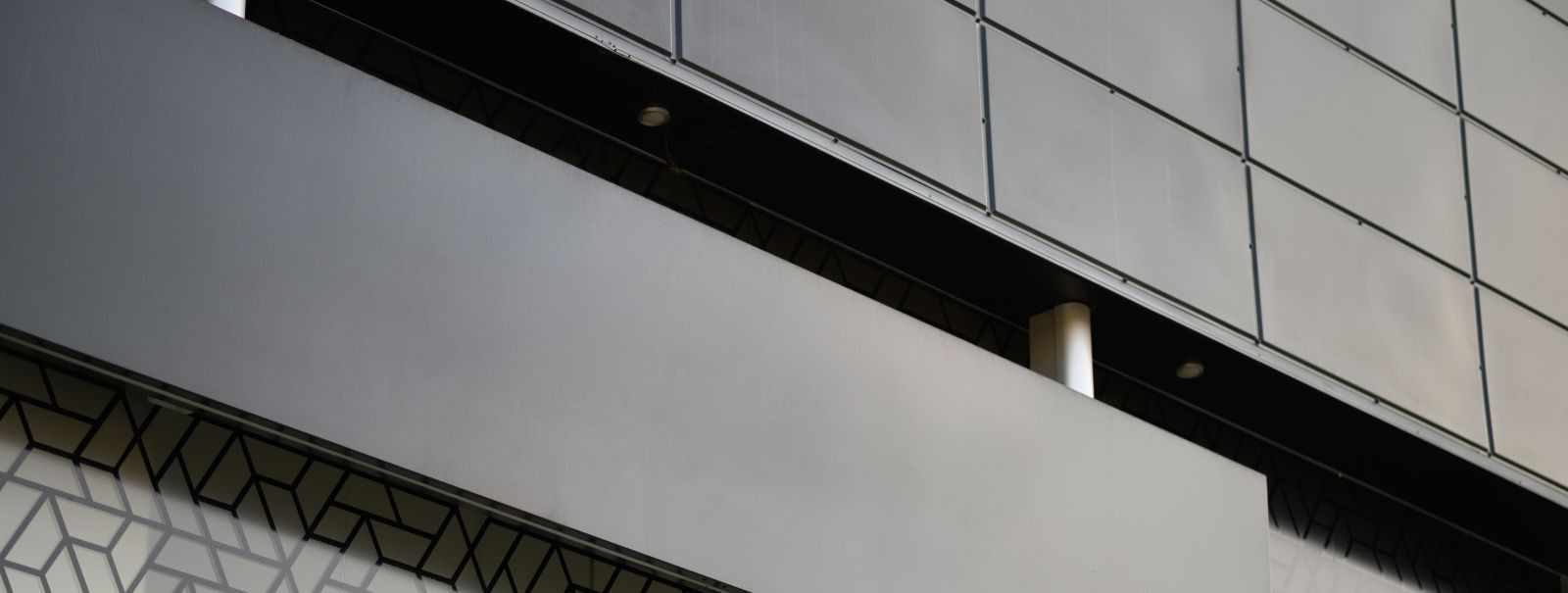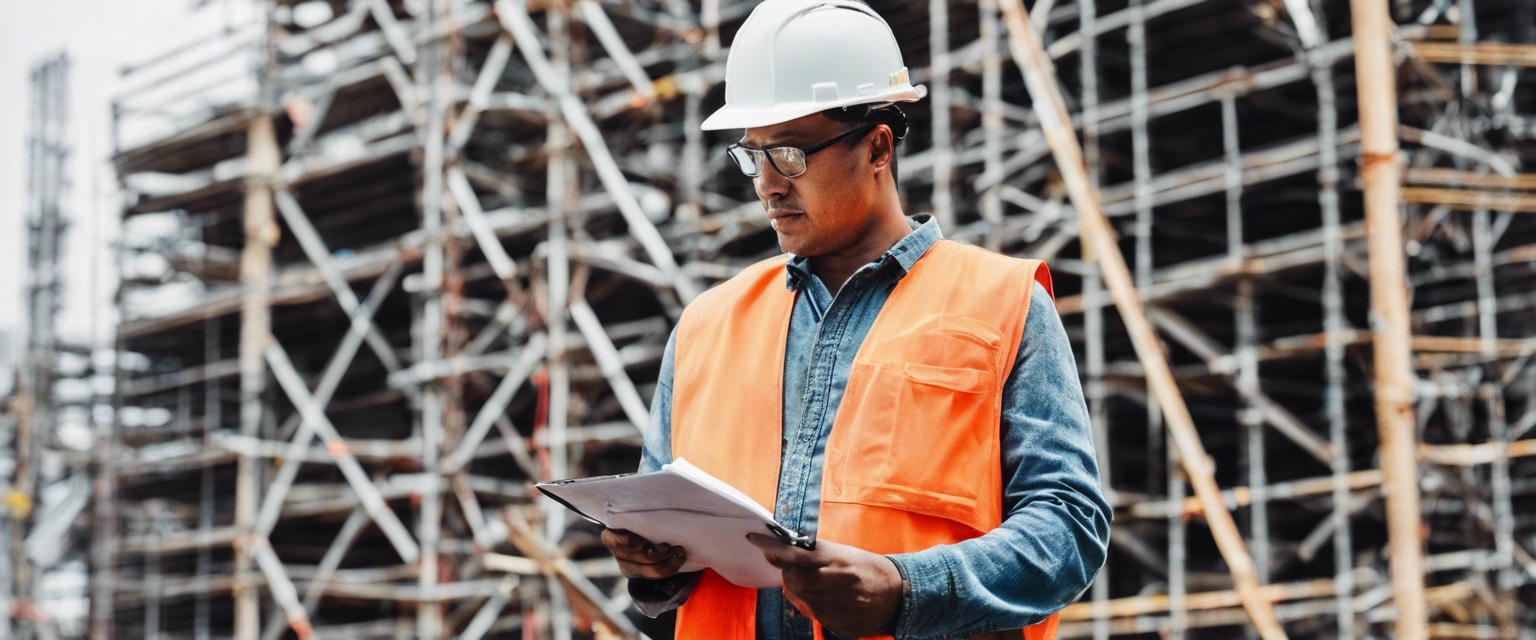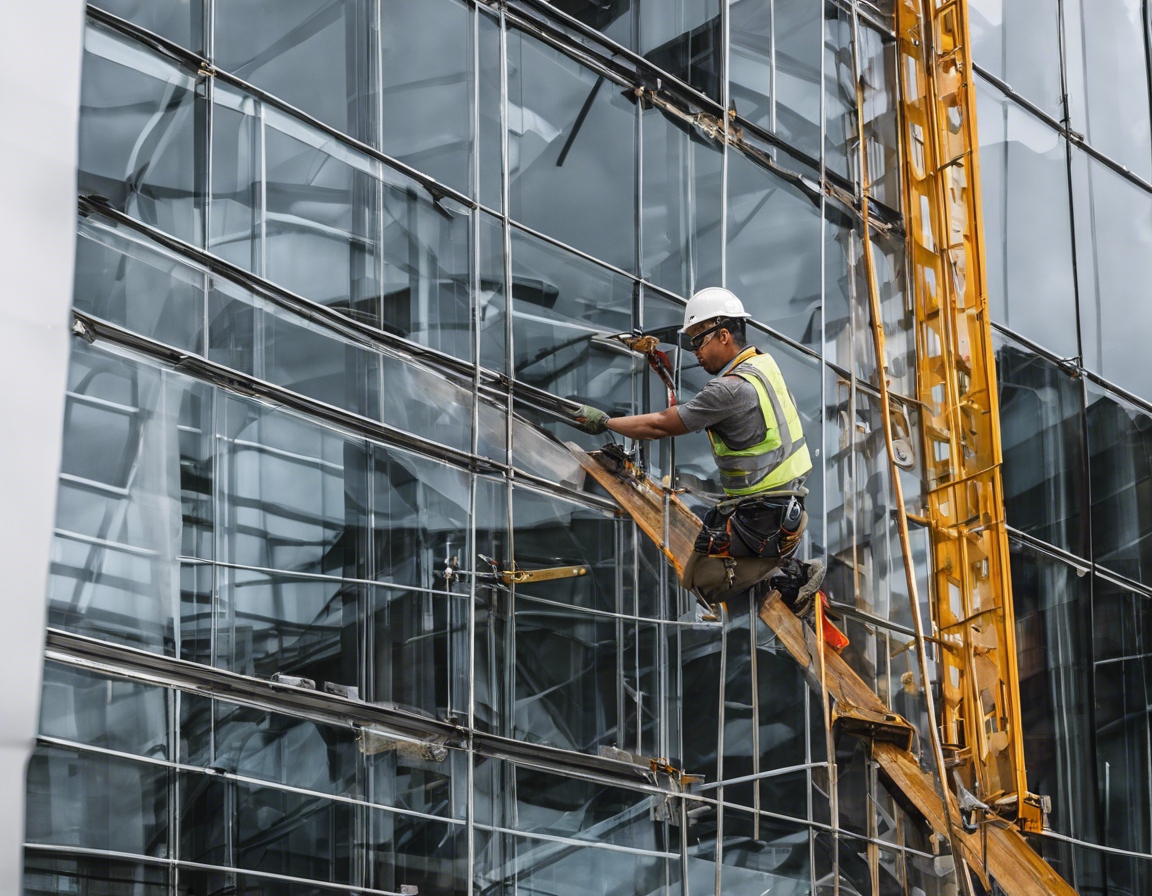Choosing the right facade material for your climate
The facade of a building is not only the first line of defense against the elements but also a statement of style and sustainability. Selecting the right facade material is crucial for the longevity, energy efficiency, and aesthetic appeal of your property.
Climate plays a pivotal role in determining the appropriate facade material. Factors such as temperature, humidity, precipitation, and wind must be taken into account to ensure that the facade can withstand local weather conditions.
Types of Facade Materials
Brick and stone are traditional materials known for their durability and natural insulation properties. They are ideal for climates with significant temperature fluctuations.
Wood offers a timeless look and provides good insulation. However, it requires regular maintenance and treatment to resist moisture and pests, especially in colder, wetter climates.
Metal facades, such as aluminum or steel, are modern and durable. They perform well in various climates but may require insulation layers to improve energy efficiency.
Glass facades create a sleek, contemporary appearance. They allow natural light but must be carefully selected to prevent heat loss in colder climates or overheating in warmer ones.
Composite materials, like fiber cement or ACM panels, offer versatility and can mimic other materials while providing better resistance to weathering and thermal variation.
Concrete is a robust material that stands up well to harsh weather conditions. It also has thermal mass, which helps regulate indoor temperatures.
Factors to Consider When Choosing Facade Materials
Materials with high thermal mass or insulation properties help maintain a stable indoor environment, reducing heating and cooling costs.
Choosing materials that resist moisture penetration is essential in preventing mold growth and structural damage, especially in Estonia's humid climate.
Materials that can endure the local climate with minimal maintenance will ensure the facade remains functional and attractive over time.
The facade should complement the architectural style of the building and the surrounding environment, enhancing the property's curb appeal.
While initial costs are important, consider the long-term savings associated with durable, low-maintenance materials that reduce energy consumption.
Eco-friendly materials that are recyclable or have a low environmental impact are increasingly important for property owners who prioritize sustainability.
Facade Materials for Estonian Climate
In Estonia, the facade material must be able to handle cold temperatures and high humidity. Materials that provide insulation and moisture resistance are key.
Materials like brick, stone, and certain composites are well-suited to withstand the freeze-thaw cycles common in Estonia.
Energy-efficient materials can significantly reduce heating costs during Estonia's long winters, making them a smart investment for property owners.






Comments (0)